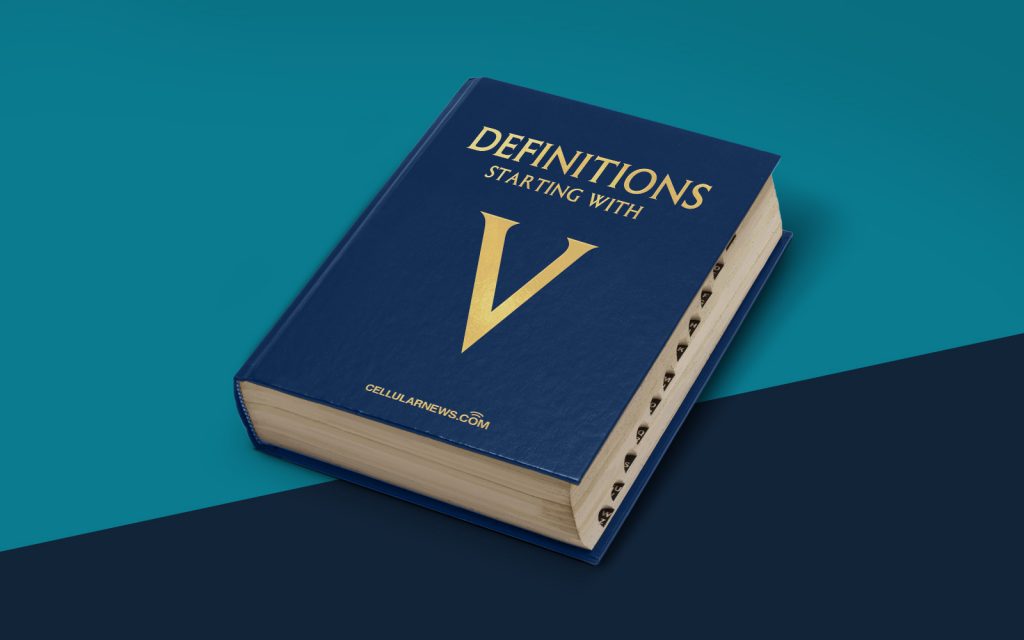
What is Voice Authentication?
Welcome to the “Definitions” category of our blog, where we provide concise and informative explanations to help you better understand the world of technology. In this article, we will delve into the concept of voice authentication and its significance in today’s digital landscape.
Voice authentication, also known as voice biometrics or speaker recognition, is a technology that uses an individual’s unique vocal characteristics to verify their identity. By analyzing various factors such as pitch, tone, rhythm, and pronunciation, voice authentication systems can accurately identify and validate an individual’s voiceprint.
Key Takeaways:
- Voice authentication uses an individual’s unique vocal characteristics to verify their identity.
- This technology analyzes factors such as pitch, tone, rhythm, and pronunciation to create a voiceprint for identification.
Now that we have a general understanding of voice authentication, let’s explore its applications and benefits in more detail.
Applications of Voice Authentication:
Voice authentication offers a wide range of applications across various industries. Some of its notable uses include:
- Security and Authentication: Voice authentication is commonly employed as a secure method of user authentication. By utilizing voiceprints, this technology can accurately verify an individual’s identity, making it a valuable tool for access control systems, online services, and financial transactions.
- Call Center Operations: Many organizations utilize voice authentication within their call center operations to authenticate customers and provide enhanced security. By validating callers through their voice, organizations can reduce the risk of fraudulent activities.
- Voice-Activated Devices: The rise of voice-activated devices, such as smart speakers and virtual assistants, has brought voice authentication into the mainstream. These devices use voice authentication to ensure that only authorized users can access personalized features and sensitive information.
- Forensic Investigations: In the field of forensics, voice authentication plays a crucial role in analyzing audio evidence. By comparing voice samples with known voiceprints, investigators can identify suspects or authenticate voice recordings for legal proceedings.
These are just a few examples of how voice authentication is utilized in today’s technology-driven world. Its applications continue to expand as the technology evolves and becomes more sophisticated.
Benefits of Voice Authentication:
Voice authentication offers several advantages over traditional authentication methods. Here are some key benefits:
- Enhanced Security: Voice authentication provides an additional layer of security by utilizing a person’s unique vocal characteristics, making it difficult for impersonators to deceive the system.
- User-Friendly: Unlike passwords or PINs, voice authentication is intuitive and user-friendly. Users simply need to speak, eliminating the need to remember complex passwords or carry physical tokens.
- Convenience: With voice authentication, users can quickly and easily authenticate themselves, saving time and effort. This convenience is especially valuable in scenarios where rapid authentication is required.
- Accessibility: Voice authentication is particularly beneficial for individuals with disabilities or those who may have difficulty using traditional authentication methods. It provides an inclusive solution that is accessible to a wider range of users.
As voice authentication continues to advance, we can expect even greater benefits and advancements in usability and security.
In Conclusion:
Voice authentication utilizes an individual’s unique vocal characteristics to verify their identity. By analyzing factors such as pitch, tone, rhythm, and pronunciation, this technology creates a voiceprint that can be used for secure user authentication across various applications and industries.
Key takeaways from this article:
- Voice authentication uses an individual’s unique vocal characteristics to verify their identity.
- This technology analyzes factors such as pitch, tone, rhythm, and pronunciation to create a voiceprint for identification.
From enhanced security and user-friendliness to convenience and accessibility, voice authentication offers numerous benefits that make it a valuable tool in the digital landscape. As technology continues to evolve, we can expect voice authentication to play an increasingly important role in our everyday lives.
Stay tuned for more informative articles in our “Definitions” category as we explore other fascinating technological concepts!
